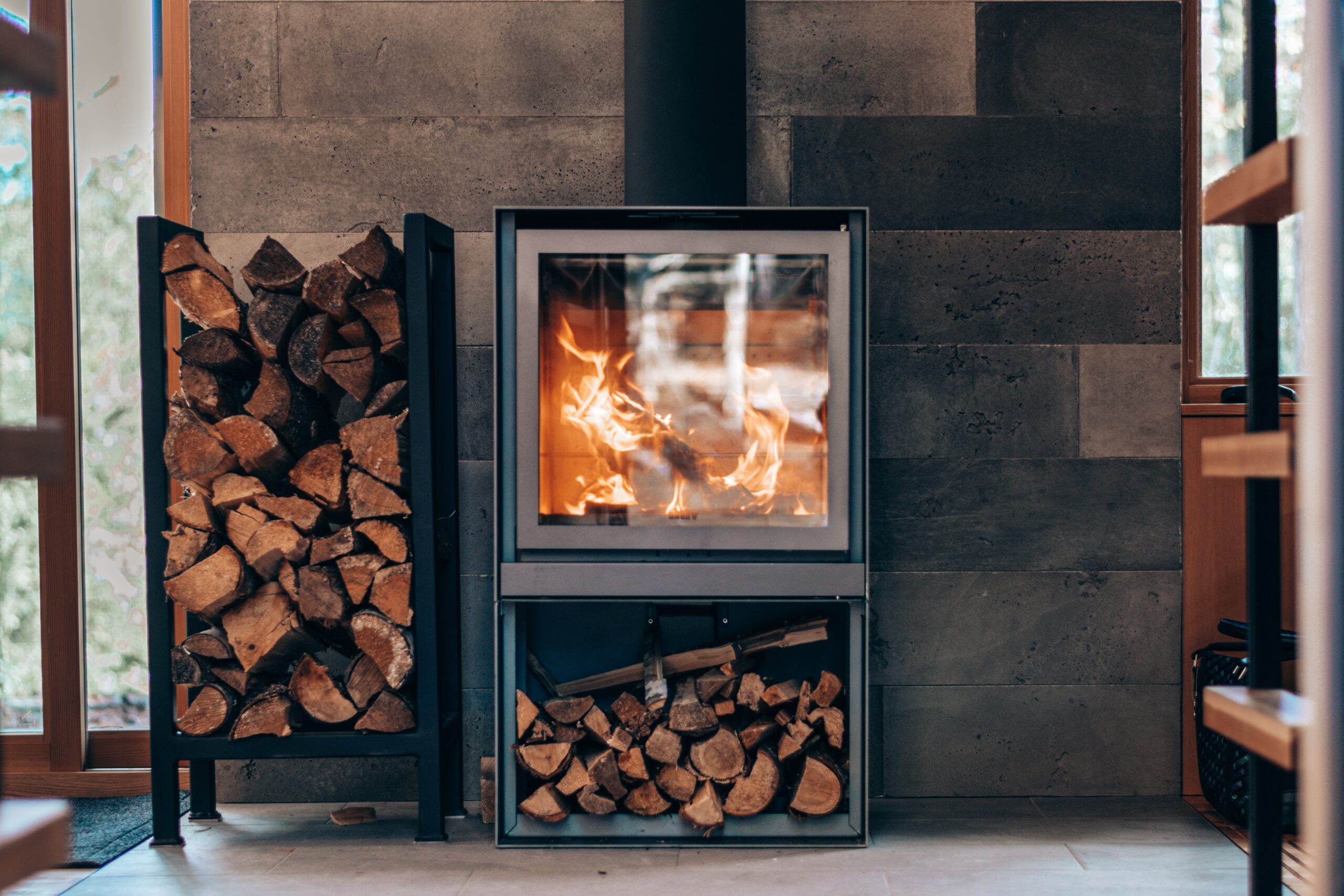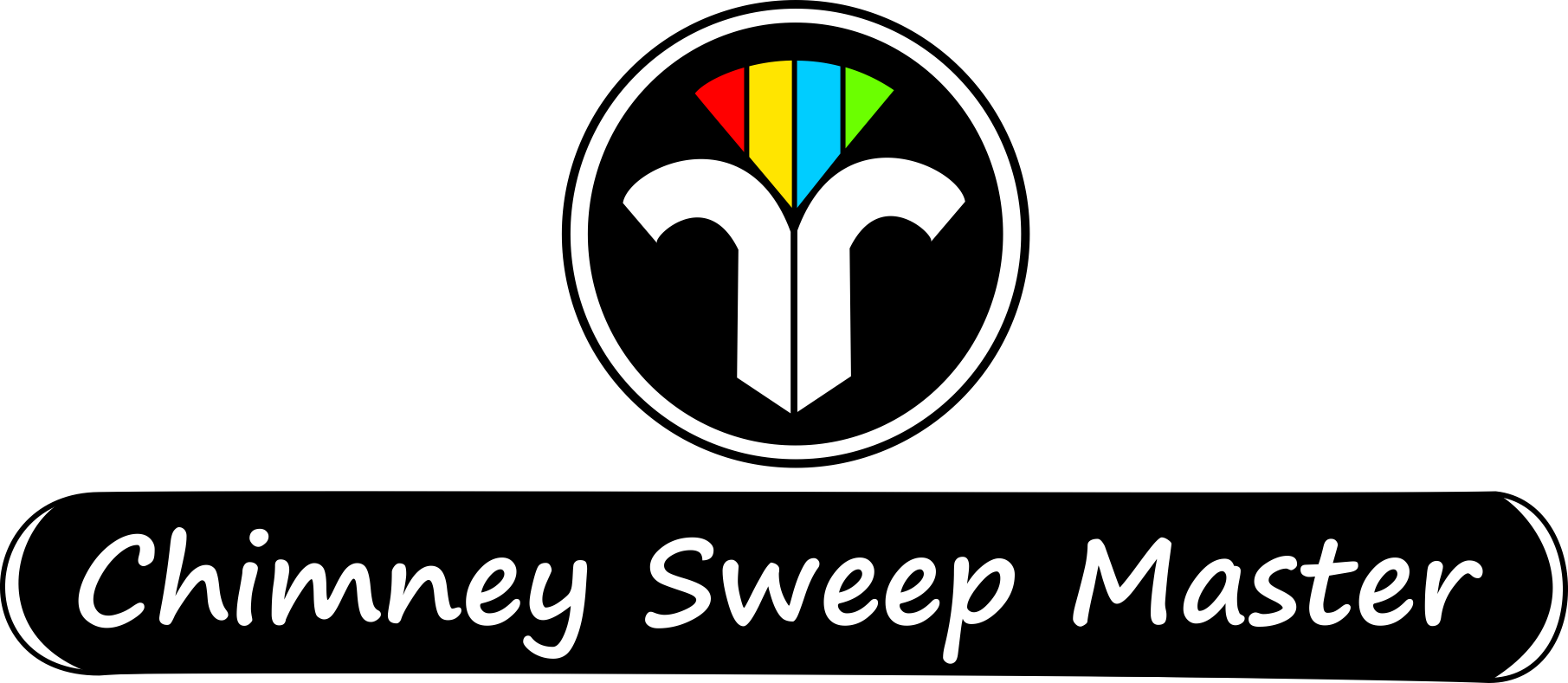
Is It Time For a Chimney Sweep & Inspection?
A chimney inspection should be performed annually. Safety guidelines set by the National Fire Protection Association Call for annual professional inspections of all wood or coal stoves, fireplaces, chimneys, chimney connectors, and all other solid-fueled heating equipment.
Your chimney should also be cleaned and inspected if:
» If you are unsure of the chimney’s last cleaning & inspection
» If it has not been used for a substantial amount of time
» If you have recently purchased your home and are unsure of the history
How is a chimney sweep performed?
Specialized brushes are used to remove creosote and soot from the firebox, smoke shelf, elbows, and connector pipes. This is done from both outside and inside the house. Occasionally there is creosote buildup that cannot be removed by brushing. Professional chimney sweeps may use chemicals to alter the composition of the hardened creosote and turn it into a powdery substance that can be easily removed. Chimney Sweep Master guarantees a dust free cleaning every time.
What does a chimney inspection include?
Our chimney inspection includes checks for:
» Restricted draft or blockages
» Excessive creosote buildup
» Animal damages or nesting
» Defective or inoperative dampers
» Loose bricks
» Level of spark protection
» Other potential hazards
If repairs are required what happens next?
If repairs are required, our experienced chimney sweep and inspector will provide you with an explanation of the repairs needed and quote for those repairs. If you decide to proceed with the work a return appointment will be scheduled. Chimney Sweep Master will never quote you on a service or repair that isn’t necessary, our experienced chimney sweep can also let you know if your repairs qualify as a home insurance claim.
Is It Time For a Chimney Sweep & Inspection?
A chimney inspection should be performed annually. Safety guidelines set by the National Fire Protection Association Call for annual professional inspections of all wood or coal stoves, fireplaces, chimneys, chimney connectors, and all other solid-fueled heating equipment.
Your chimney should also be cleaned and inspected if:
» If you are unsure of the chimney’s last cleaning & inspection
» If it has not been used for a substantial amount of time
» If you have recently purchased your home and are unsure of the history
How is a chimney sweep performed?
Specialized brushes are used to remove creosote and soot from the firebox, smoke shelf, elbows, and connector pipes. This is done from both outside and inside the house. Occasionally there is creosote buildup that cannot be removed by brushing. Professional chimney sweeps may use chemicals to alter the composition of the hardened creosote and turn it into a powdery substance that can be easily removed. Chimney Sweep Master guarantees a dust free cleaning every time.
What does a chimney inspection include?
Our chimney inspection includes checks for:
» Restricted draft or blockages
» Excessive creosote buildup
» Animal damages or nesting
» Defective or inoperative dampers
» Loose bricks
» Level of spark protection
» Other potential hazards
If repairs are required what happens next?
If repairs are required, our experienced chimney sweep and inspector will provide you with an explanation of the repairs needed and quote for those repairs. If you decide to proceed with the work a return appointment will be scheduled. Chimney Sweep Master will never quote you on a service or repair that isn’t necessary, our experienced chimney sweep can also let you know if your repairs qualify as a home insurance claim.
